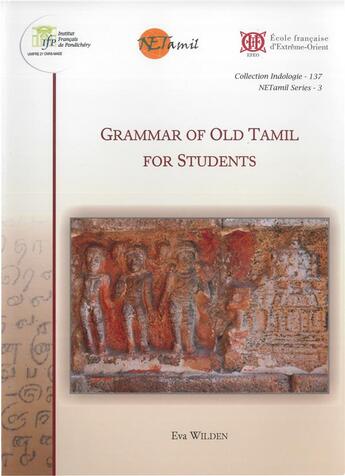Résumé:
This book presents a concise outline of the classical Tamil language for students with a focus on the literature of the first millennium, most notably that of the Cankam. It covers not only morphology but also syntax, an area which has long been neglected in Tamil studies. The presentation... Voir plus
This book presents a concise outline of the classical Tamil language for students with a focus on the literature of the first millennium, most notably that of the Cankam. It covers not only morphology but also syntax, an area which has long been neglected in Tamil studies. The presentation deviates from earlier works also in that the author neither describes classical Tamil through the lens of the modern language nor makes an attempt to remain faithful to the views of the traditional discipline of grammar (ilakkanam), but instead follows closely the usage of the Tamil texts as they were actually transmitted. Two folding sheets, at the beginning and at the end of the book, give an overview of early Tamil literature and verb morphology. For easy reference, this grammar contains lists of suffixes and of grammatical terms, besides an index of quotations and a selective bibliography.
Cet ouvrage est une présentation concise de la langue tamoule classique, à destination des étudiants, centrée sur la littérature du premier millénaire et principalement sur les textes appartenant à la littérature dite « du Cankam ». Il couvre non seulement la morphologie mais aussi la syntaxe, domaine longtemps négligé dans les études tamoules. Il diverge des ouvrages antérieurs en ne décrivant la langue classique ni comme une version antérieure de la langue moderne, ni selon le modèle conçu par la tradition grammaticale tamoule (ilakkanam), mais en suivant au plus près l'usage attesté dans les textes littéraires. Deux encarts dépliables, au début et à la fin de l'ouvrage, donnent des tableaux de la littérature ancienne et de la morphologie verbale. Pour faciliter la recherche d'information, l'index des citations et la bibliographie sélective sont suivis de listes des suffixes et de termes grammaticaux.
Donner votre avis















